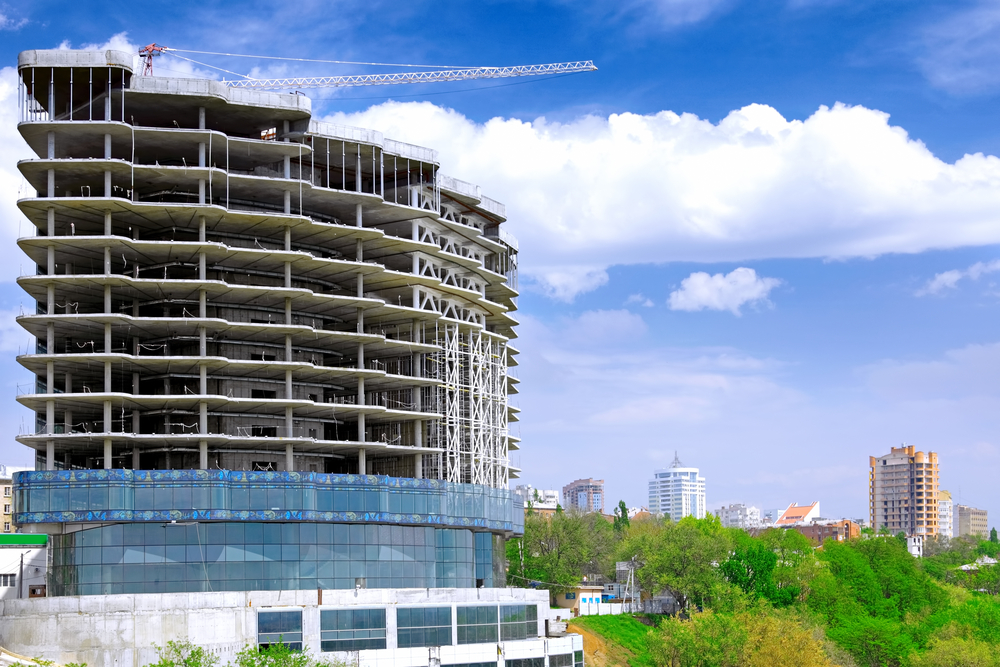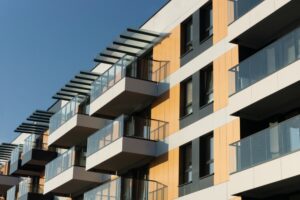In a significant policy shift, the HUD has proposed a flat 25-basis point mortgage insurance premium (MIP) for all qualifying FHA-insured multifamily loans. This would eliminate tiered MIPs for green-certified properties and simplify loan access across the board.
For investors and developers, this signals a clear opportunity to reduce financing costs and streamline project execution – particularly for those seeking apartment building loans, multifamily refinance options, or apartment construction financing.
What This Means for Real Estate Investors
1. Reduced Costs Across the Board
This change benefits any borrower working with multifamily mortgage lenders. Regardless of whether a project meets green energy standards, borrowers will receive the same low MIP rate. This is especially beneficial in high-interest environments, where every basis point matters.
The result? Improved cash-on-cash returns, stronger DSCRs (debt service coverage ratios), and a better chance to outperform competing bids – all while using government-backed financing.
2. Streamlined Loan Process for Brokers and Borrowers
By removing the green-building mandate and its compliance burden (e.g., third-party certifications and annual energy benchmarking), the underwriting process becomes much more efficient. This simplification enhances the appeal of broker apartment financing, reducing the time, cost, and expertise needed to close a deal.
This is a notable improvement for brokers and investors alike – especially those who are smaller or mid-sized and who may not have dedicated in-house teams for compliance-heavy programs.
3. Green Is Now Optional – Not Required
Investors can still pursue green certifications and energy-efficient upgrades, but they’re no longer required for favorable financing under HUD’s MIP structure. This allows greater flexibility for those utilizing investor apartment loan programs and provides more capital freedom for asset repositioning or non-green rehabs.
Strategically, this gives investors more room to customize value-add plans without regulatory restrictions tied to energy efficiency.
Actionable Takeaways for Investors
HUD’s changes open the door to a range of opportunities – but you need to move quickly, as the 30-day comment period is already underway.
Reassess Deals That Didn’t Work Before
Projects that previously failed to qualify or offered thin margins due to green compliance costs may now pencil out with higher returns and reduced borrowing expenses.
Refresh Your Financing Models
Updated MIPs mean better underwriting terms – possibly allowing for higher loan proceeds, better interest reserve coverage, and stronger exit strategies. Investors should rerun pro formas and work with multifamily mortgage lenders to analyze impact.
Start Your Lender Search Now
What About Construction or Refinance?
This isn’t just good news for acquisitions. It also impacts:
- Apartment construction financing: Developers can now access FHA funding without being penalized for skipping green building certifications.
- Multifamily refinance options: Lower MIPs improve post-stabilization returns and free up more cash for future acquisitions or investor distributions.
Whether you’re engaged in ground-up development, repositioning, or refinancing, this policy helps create more efficient financing for your real estate deals.
The Bottom Line
HUD’s proposal simplifies the FHA lending process. By standardizing the MIP, they’ve leveled the playing field for all investors – reducing borrowing costs and removing the green-only incentive system.
For multifamily developers, brokers, and real estate investors, this is the time to revisit deals, update financial strategies, and lock in relationships with multifamily mortgage lenders.







